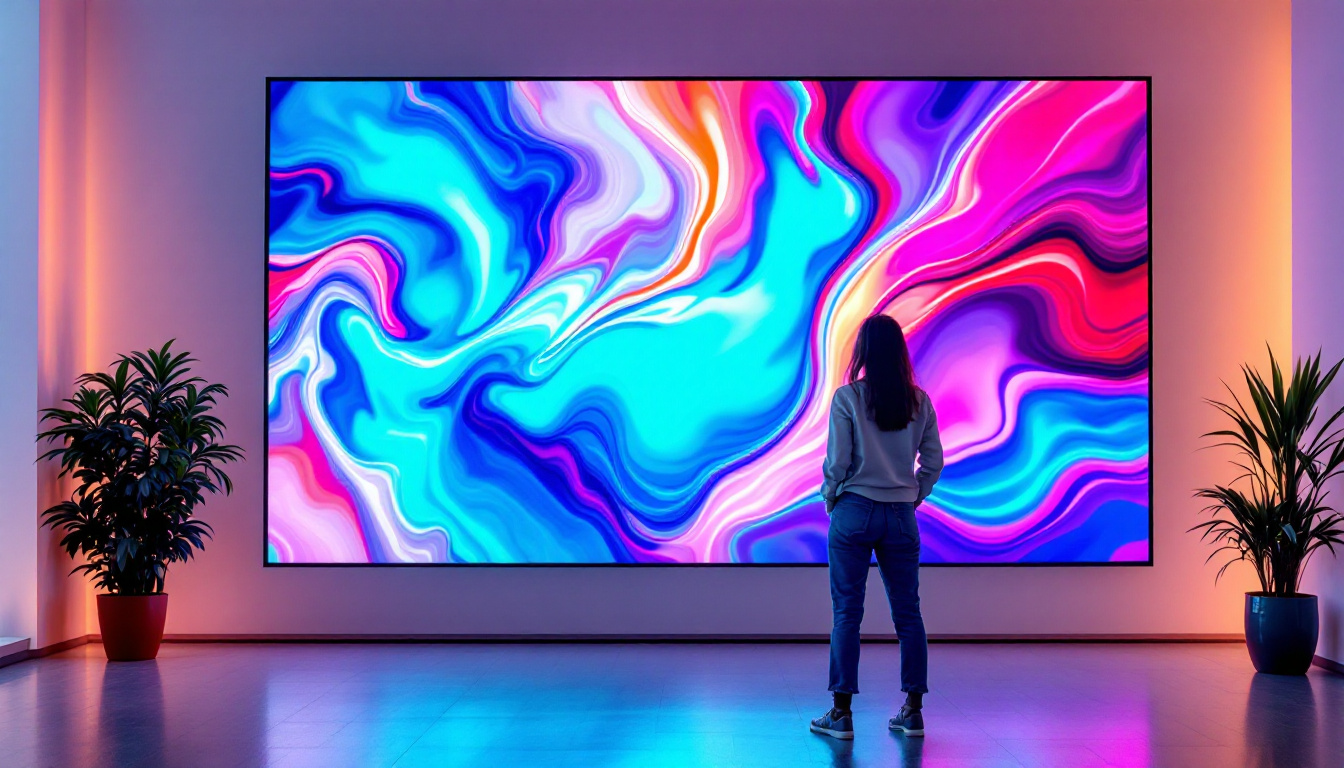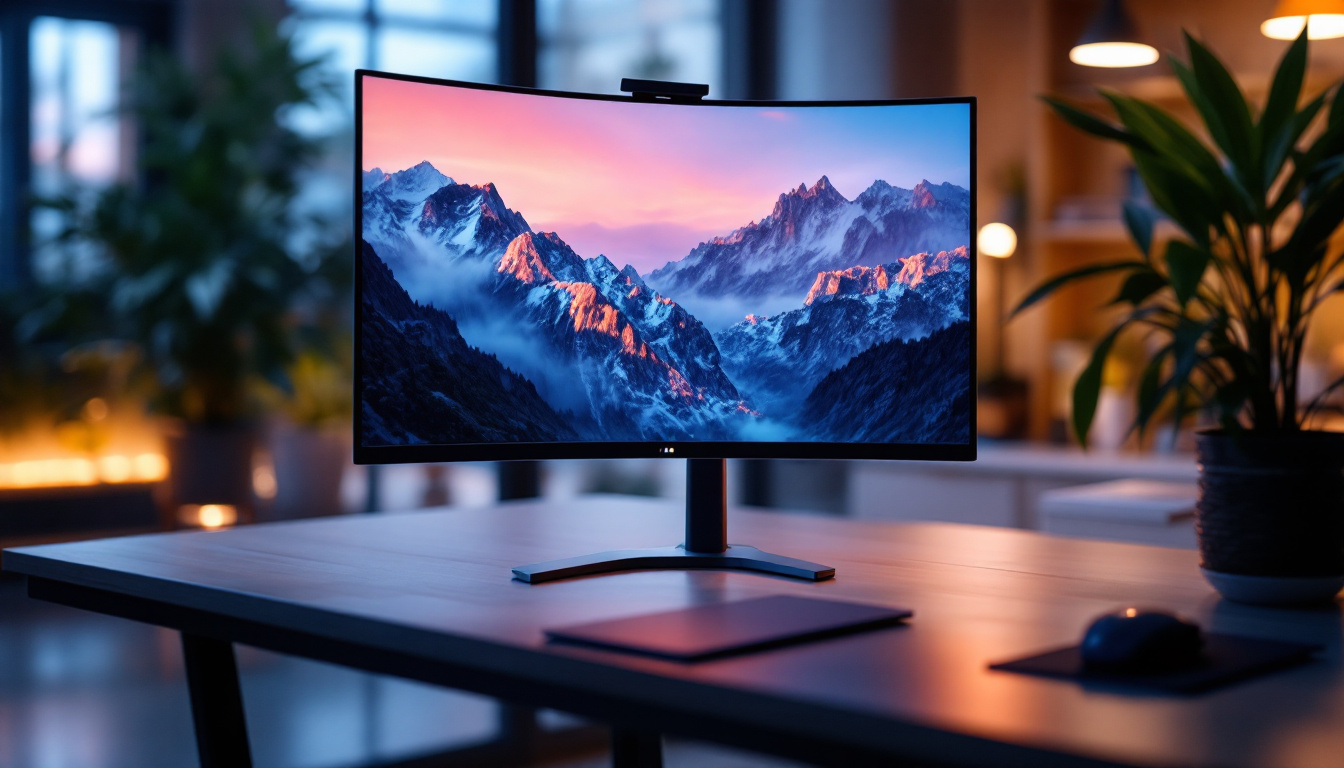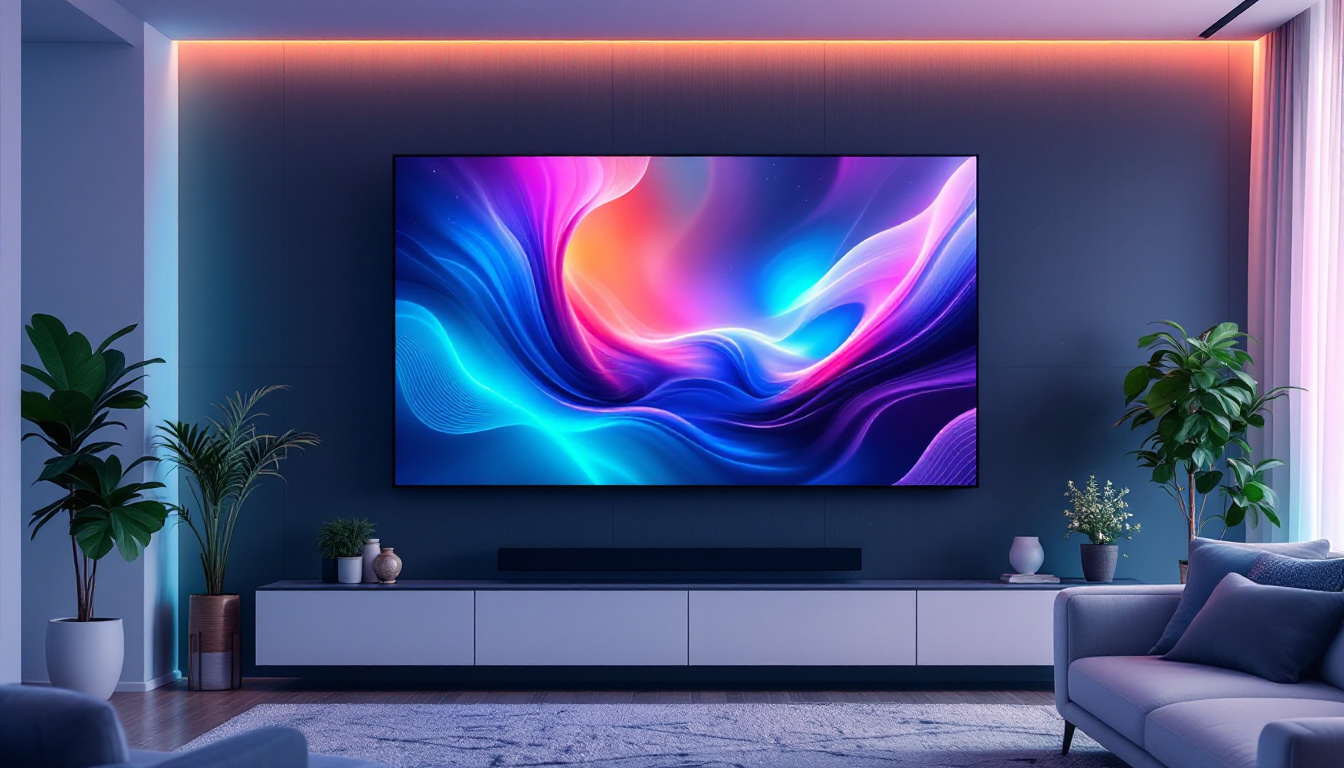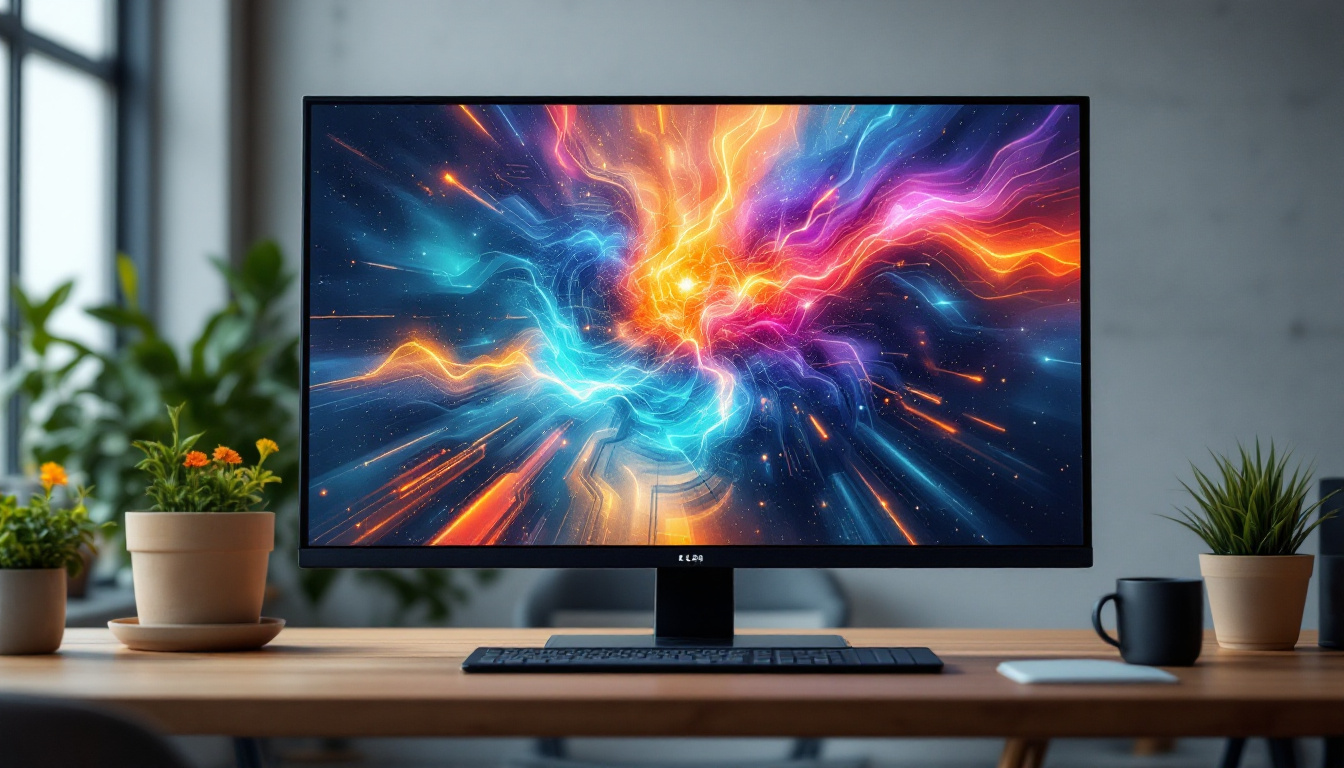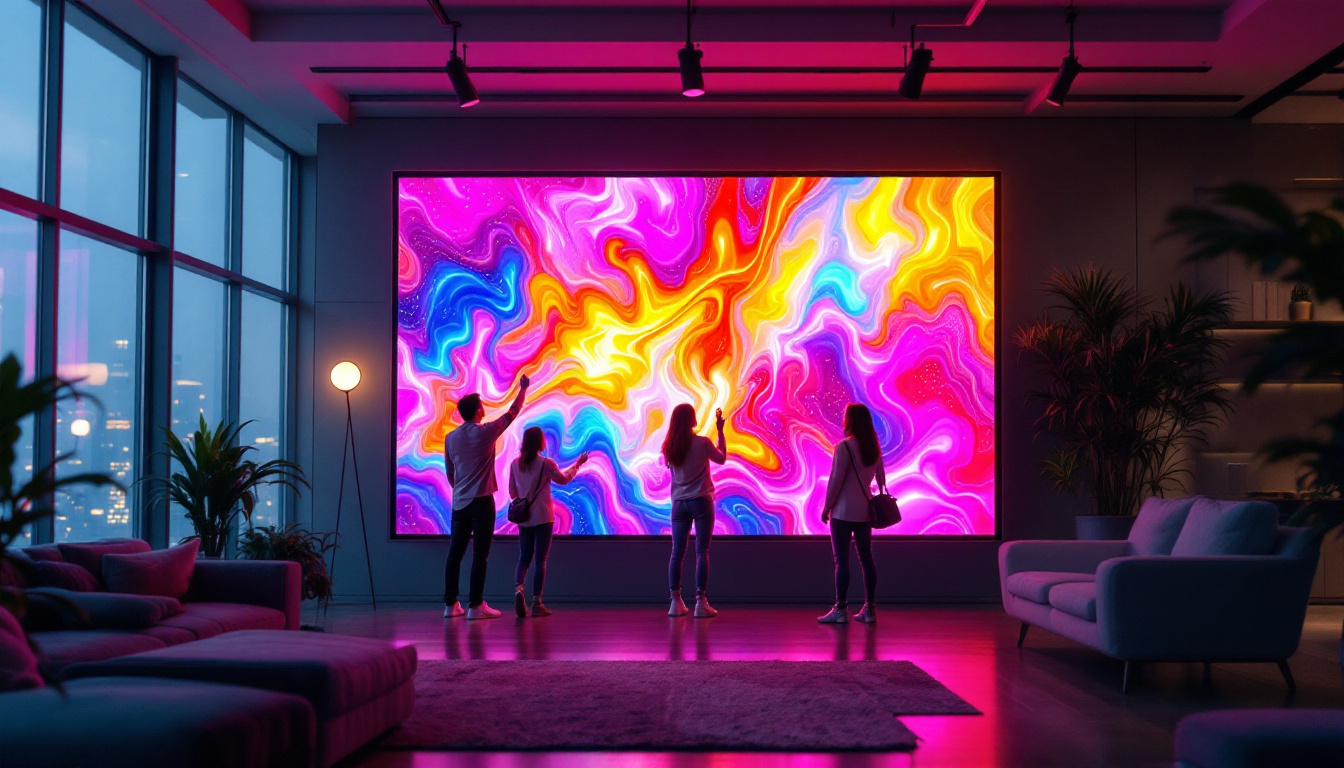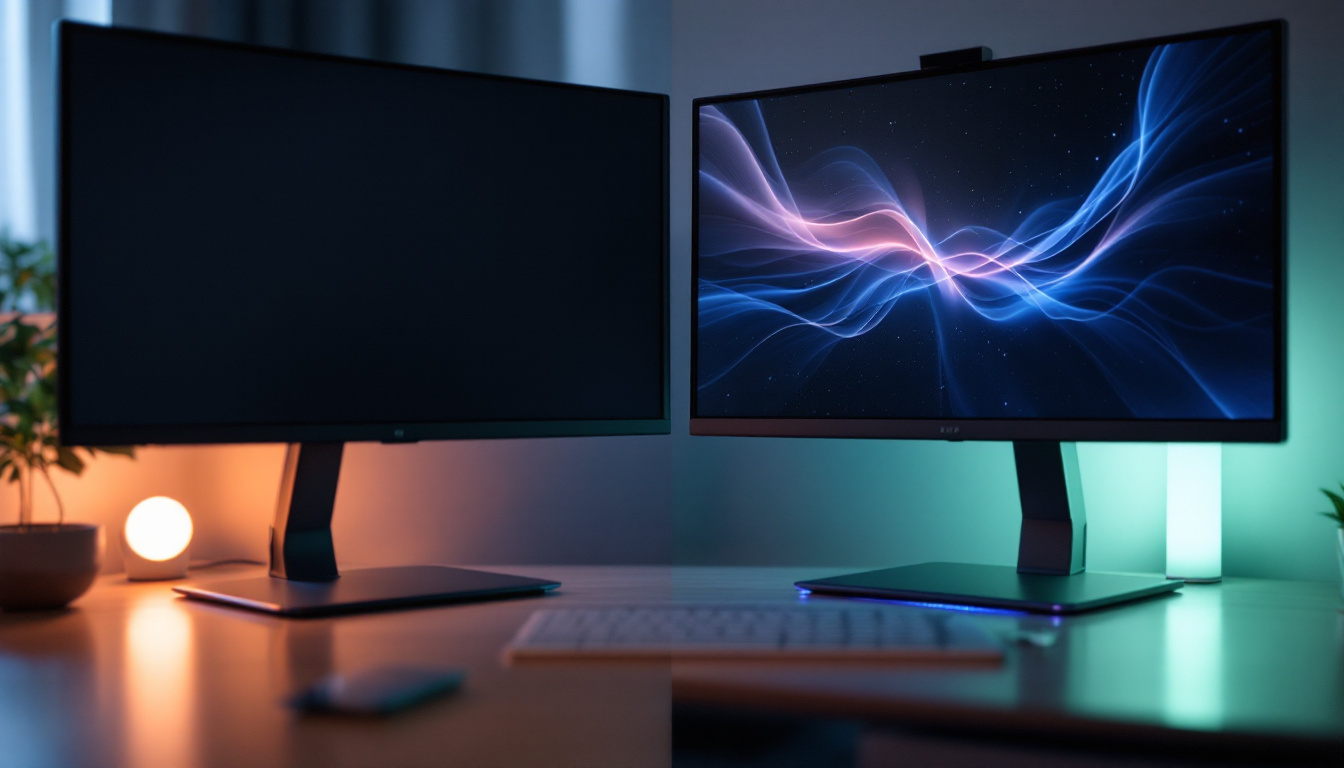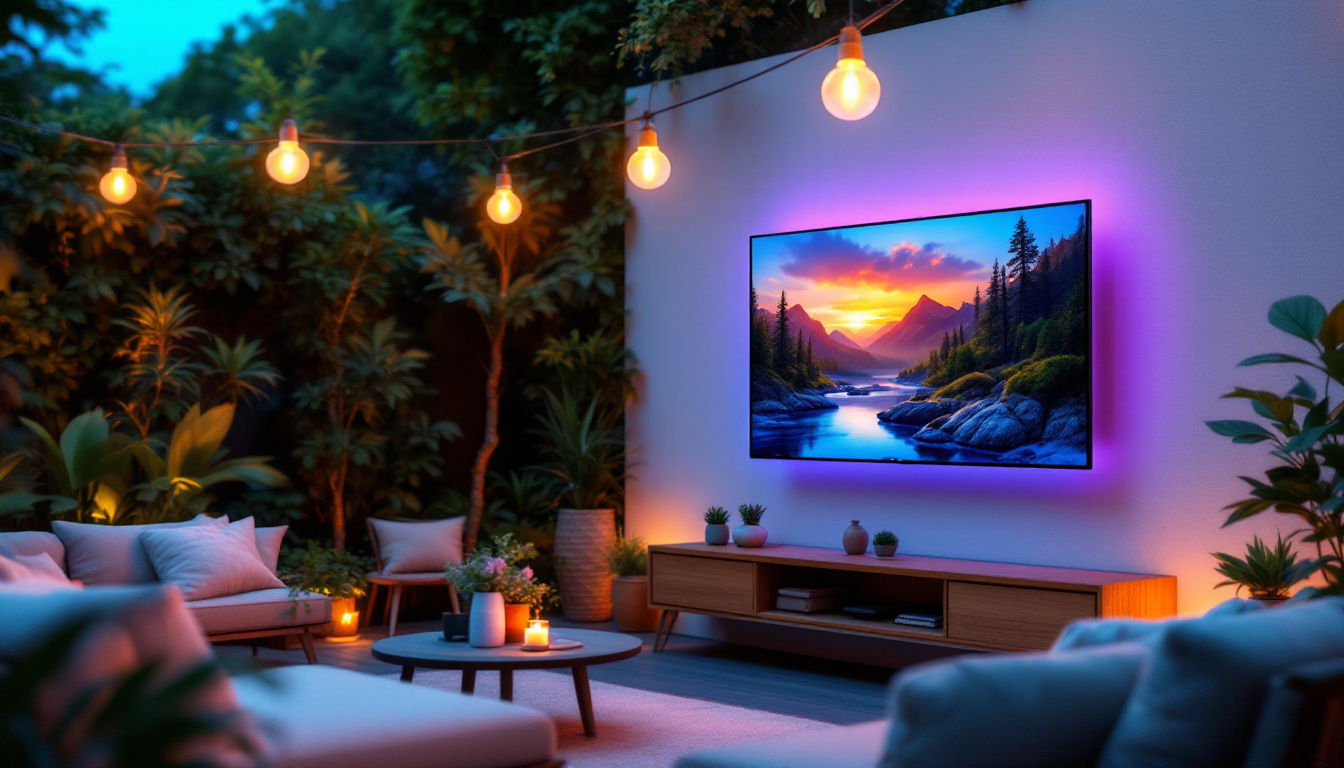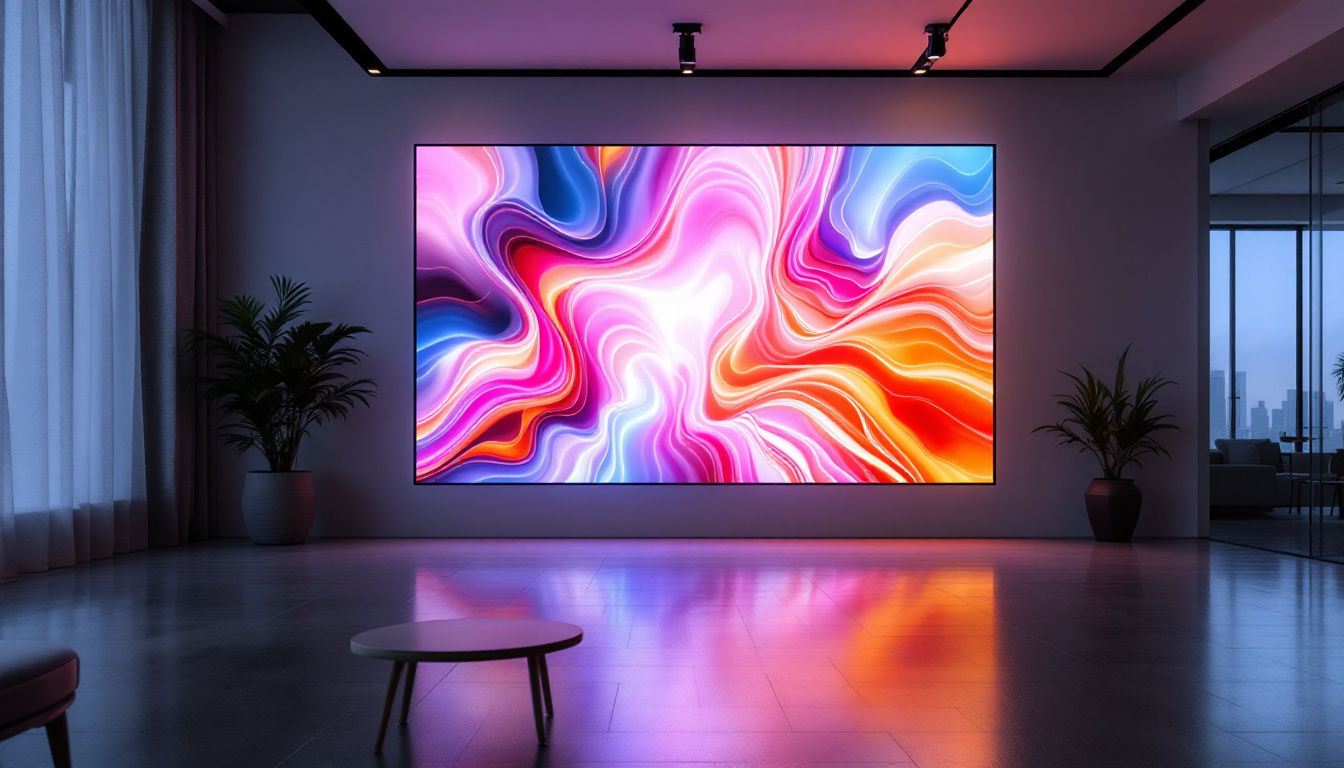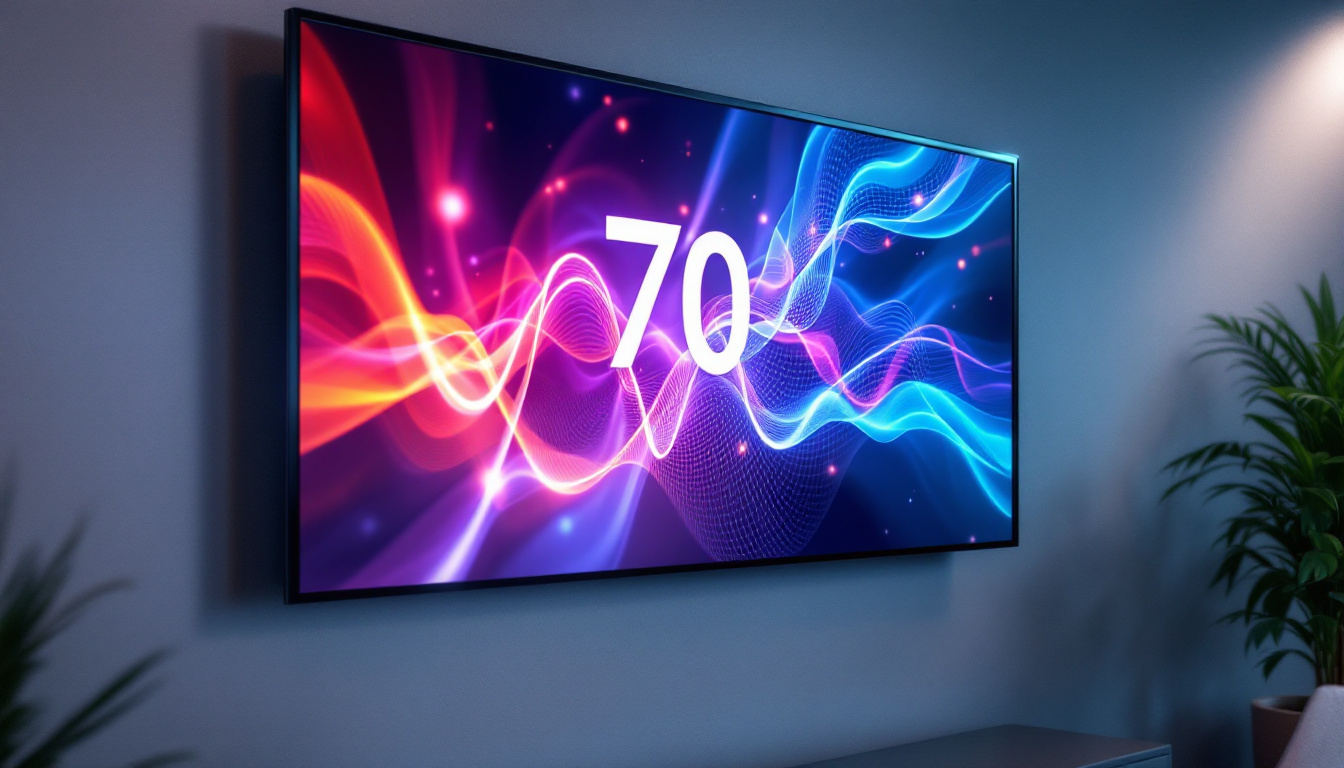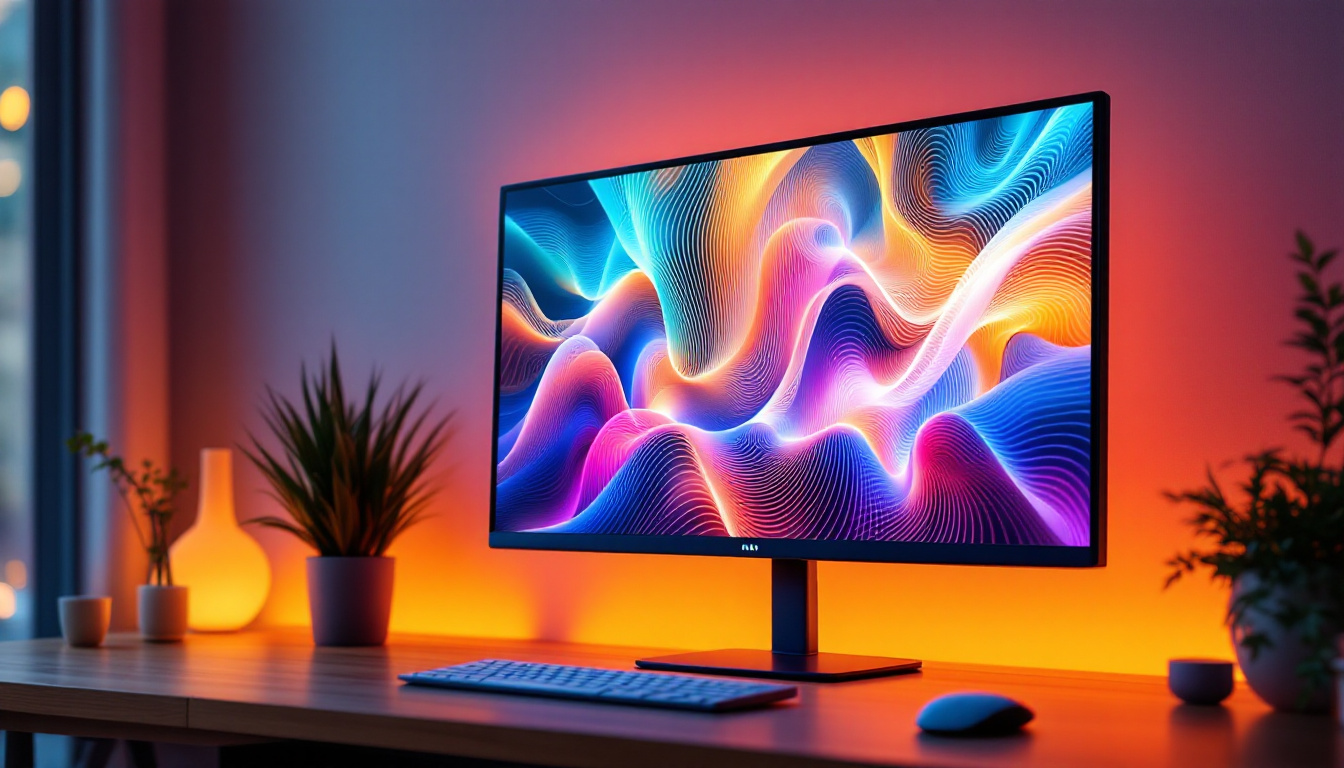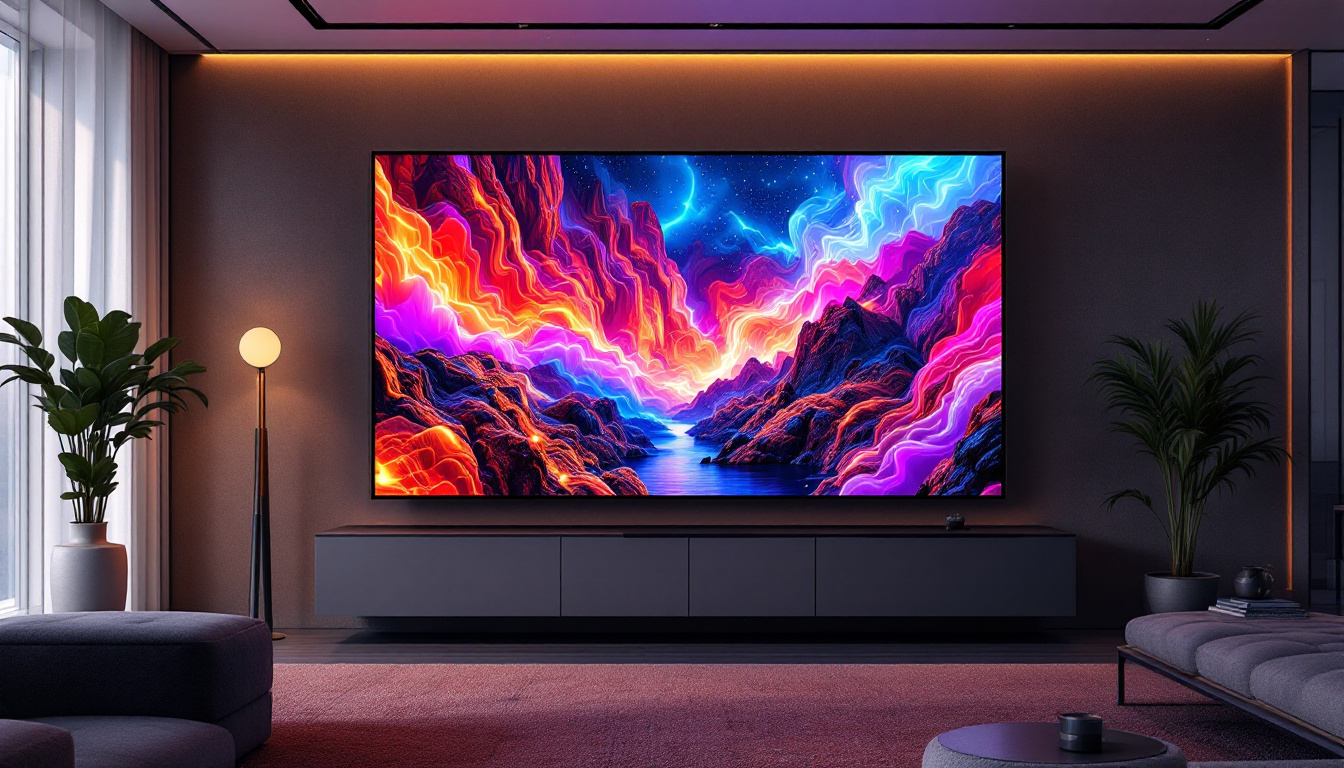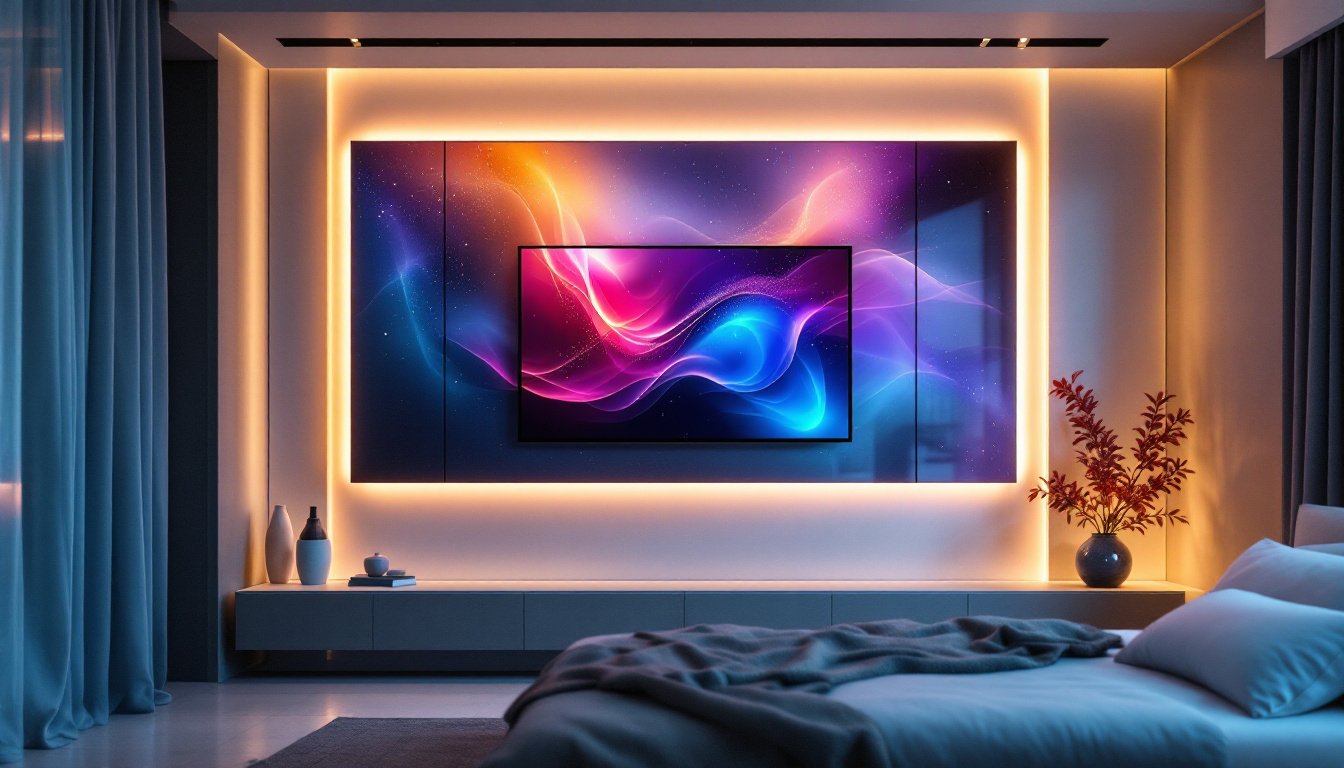In an increasingly digital world, the demand for interactive touch monitors has surged across various sectors, including education, business, and entertainment. These devices combine the functionality of traditional monitors with the interactivity of touch technology, creating a dynamic user experience. This article delves into the intricacies of interactive touch monitors, particularly focusing on LED displays, their benefits, applications, and how they are revolutionizing the way we interact with technology.
Understanding Interactive Touch Monitors
Interactive touch monitors are specialized screens that allow users to interact with digital content through touch gestures. Unlike standard displays, these monitors are equipped with touch-sensitive technology, enabling users to navigate, select, and manipulate on-screen elements with their fingers or styluses. This technology has revolutionized how we engage with digital content, making it more intuitive and accessible across various settings, from classrooms to corporate boardrooms.
Key Features of Interactive Touch Monitors
One of the standout features of interactive touch monitors is their multi-touch capability. This allows multiple users to interact with the screen simultaneously, making them ideal for collaborative environments. Additionally, many models support gestures such as pinch-to-zoom or swipe, enhancing the overall user experience. This interactivity fosters a more engaging atmosphere, encouraging teamwork and creative brainstorming sessions, where ideas can be visualized and shared in real-time.
Another important feature is the integration of various connectivity options, including HDMI, USB, and wireless capabilities. This ensures that users can easily connect their devices, whether they are laptops, tablets, or smartphones, facilitating seamless presentations and interactive sessions. Furthermore, many interactive touch monitors come with built-in software that supports various applications, allowing users to annotate, draw, or present directly from the screen, thus streamlining workflows and enhancing productivity.
Types of Touch Technologies
Interactive touch monitors utilize different touch technologies, each with its own advantages. The most common types include capacitive, resistive, and infrared touch technologies. Capacitive touch screens are known for their high sensitivity and clarity, making them popular in consumer electronics. In contrast, resistive touch screens are often more affordable and can be used with a stylus or gloved hand, making them suitable for industrial applications. Their durability and resistance to environmental factors make them a preferred choice in settings where ruggedness is essential.
Infrared touch technology, on the other hand, uses an array of sensors to detect touch, allowing for a durable and versatile solution. Each type of technology serves specific needs, and understanding these differences can help users choose the right monitor for their requirements. For example, in educational environments, a capacitive touch monitor might be favored for its responsiveness, while in a factory setting, a resistive monitor may be selected for its ability to function in harsh conditions. Additionally, advancements in touch technology are continually emerging, such as haptic feedback, which provides tactile responses to touch, further enhancing user interaction and engagement with digital content.
The Role of LED Displays in Interactive Touch Monitors
LED (Light Emitting Diode) displays have become the standard for interactive touch monitors, thanks to their superior brightness, energy efficiency, and color accuracy. Unlike traditional LCD screens, LED displays offer enhanced visual quality, making them ideal for environments with varying lighting conditions.
Advantages of LED Technology
One of the primary advantages of LED displays is their ability to produce vibrant colors and deep contrasts. This is particularly important in interactive settings where visual clarity can significantly impact user engagement. The high brightness levels of LED displays also ensure that content remains visible, even in well-lit rooms.
Moreover, LED technology is more energy-efficient than traditional displays, which can lead to cost savings over time. This efficiency not only benefits the environment but also reduces the overall operational costs for businesses and educational institutions.
Durability and Longevity
LED displays are known for their durability and longevity. Unlike other display technologies, LED screens are less prone to burn-in and have a longer lifespan, making them a cost-effective choice for long-term use. This is particularly beneficial for interactive touch monitors that may be used extensively in classrooms or conference rooms.
Additionally, many LED displays are designed with protective glass coatings, which help prevent scratches and damage from everyday use. This durability ensures that the monitors maintain their visual quality and functionality over time, providing a reliable tool for users.
Applications of Interactive Touch Monitors
The versatility of interactive touch monitors makes them suitable for a wide range of applications. From classrooms to corporate boardrooms, these devices are transforming how information is presented and shared.
Education Sector
In educational settings, interactive touch monitors are being utilized to create engaging learning environments. Teachers can use these monitors to display multimedia content, conduct interactive lessons, and facilitate group activities. The ability to annotate directly on the screen allows for a more hands-on approach to learning, catering to various learning styles.
Furthermore, interactive touch monitors can support remote learning initiatives, enabling educators to connect with students in different locations through video conferencing and collaborative software. This adaptability is crucial in today’s educational landscape, where hybrid learning models are becoming increasingly common.
Corporate Environments
In the corporate world, interactive touch monitors are enhancing presentations and meetings. These devices allow presenters to engage their audience more effectively by incorporating interactive elements into their presentations. Attendees can participate in real-time polls, Q&A sessions, and brainstorming activities, fostering collaboration and creativity.
Moreover, interactive touch monitors can serve as digital signage in corporate environments, displaying important information, schedules, or announcements. This functionality streamlines communication within organizations and keeps employees informed and engaged.
Healthcare Applications
The healthcare sector is also benefiting from the use of interactive touch monitors. These devices can be employed in patient education, allowing healthcare professionals to explain medical procedures and conditions visually. Interactive displays can facilitate discussions about treatment options, enhancing patient understanding and involvement in their care.
Additionally, interactive touch monitors can be used in telemedicine, enabling remote consultations and interactive patient assessments. This technology not only improves patient care but also optimizes the workflow within healthcare facilities.
Choosing the Right Interactive Touch Monitor
When selecting an interactive touch monitor, several factors should be considered to ensure it meets the specific needs of the intended application. Understanding these factors can help streamline the decision-making process.
Screen Size and Resolution
The size and resolution of the monitor play a crucial role in its effectiveness. Larger screens are generally better suited for collaborative environments, where multiple users need to view the content simultaneously. A higher resolution ensures that text and images are sharp and clear, enhancing the overall user experience.
For educational settings, a screen size of at least 65 inches is often recommended, while corporate environments may benefit from even larger displays, especially in larger meeting rooms.
Touch Technology
As previously mentioned, the type of touch technology used in the monitor can significantly impact its performance. Capacitive screens are ideal for applications requiring high sensitivity and precision, while resistive screens may be better suited for environments where users may wear gloves or use styluses.
It’s essential to evaluate the specific use cases and user preferences when selecting the appropriate touch technology for an interactive monitor.
Connectivity Options
Connectivity options are another critical consideration. A monitor with multiple input ports, including HDMI, USB, and wireless capabilities, will provide greater flexibility in connecting various devices. This is particularly important in settings where users may need to switch between different laptops or tablets frequently.
Additionally, some monitors come with built-in software solutions that enhance interactivity and collaboration. Evaluating these features can help ensure that the chosen monitor aligns with the organization’s needs.
Future Trends in Interactive Touch Monitors
The landscape of interactive touch monitors is continuously evolving, driven by technological advancements and changing user expectations. Several trends are emerging that are likely to shape the future of these devices.
Integration with Artificial Intelligence
One of the most significant trends is the integration of artificial intelligence (AI) into interactive touch monitors. AI can enhance user experience by providing personalized content recommendations, automating routine tasks, and improving gesture recognition. This integration can make interactions more intuitive and efficient, ultimately leading to increased productivity.
Moreover, AI can facilitate advanced analytics, allowing organizations to gather insights on user interactions and preferences. This data can inform future decisions regarding content and functionality, ensuring that the monitors continue to meet user needs effectively.
Enhanced Collaboration Features
As remote work and hybrid collaboration become more prevalent, interactive touch monitors are likely to incorporate enhanced collaboration features. This may include improved video conferencing capabilities, real-time document editing, and seamless integration with popular collaboration tools.
These advancements will further bridge the gap between in-person and remote interactions, making it easier for teams to work together, regardless of their physical location.
Sustainability and Eco-Friendly Designs
With growing awareness of environmental issues, there is an increasing demand for sustainable technology solutions. Future interactive touch monitors are expected to focus on eco-friendly designs, utilizing recyclable materials and energy-efficient components.
Manufacturers may also implement take-back programs to recycle old devices, minimizing electronic waste and promoting a circular economy. This shift towards sustainability will not only benefit the environment but also resonate with consumers who prioritize eco-conscious choices.
Conclusion
Interactive touch monitors with LED displays are transforming the way individuals and organizations interact with digital content. Their versatility, combined with the advantages of LED technology, makes them invaluable tools in various sectors, including education, business, and healthcare.
As technology continues to evolve, the future of interactive touch monitors looks promising, with advancements in AI, collaboration features, and sustainability driving innovation. By understanding the key features, applications, and trends associated with these devices, users can make informed decisions that enhance their interactive experiences.
In a world where engagement and interactivity are paramount, investing in high-quality interactive touch monitors is not just a trend—it’s a necessity for those looking to stay ahead in the digital age.
Discover LumenMatrix’s Innovative LED Solutions
Ready to elevate your interactive experiences with the latest in LED display technology? Look no further than LumenMatrix, a pioneer in crafting visually stunning and technologically advanced LED displays. From enhancing educational environments to revolutionizing corporate presentations and beyond, our comprehensive range of solutions—including Indoor and Outdoor LED Walls, Vehicle Displays, LED Posters, Sports Displays, and more—will transform your space into a hub of engagement and creativity. Check out LumenMatrix LED Display Solutions today and step into the future of digital interaction.


